
Sorrell-Larkin SR-200 Special
Following the origins and influences on older sports cars can take many twists and turns. The Sorrell-Larkin Special is a good case in point.
It actually started life as Lister-Chevrolet, which changed hands a few times before it suffered a spectacular crash at the Los Angeles Times Grand Prix at Riverside in 1960, flipping end over end and catching on fire.
After the race, Bob Sorrell, a talented artist who worked in aluminum and fiberglass, acquired the wreck and took it back to his shop, where he and Jim Larkin shared space. Sorrell figured he could turn the pile of scrap into a competitive car by making some enhancements to the frame, brakes and power. Plus adding a new fiberglass body that the two men had developed a couple years earlier.
This SR-200 body was based on an earlier Sorrell design, the SR-100, that debuted at the 1953 Petersen Motorama to rave reviews. The Sorrell-Larkin Special SR-200 never quite lived up to its competition goals, but the crisp lines of its sleek fiberglass body and patriotic colors were visually striking.
Ironically, the revamped car crashed again at Riverside in 1962, near where the Lister had back in 1960. It caught fire, which spread to the magnesium wheels as well, and the blaze couldn’t be extinguished. Track workers had to use a skip loader to cover the inferno with dirt in order to extinguish the flames. A cross was added to mark the mound at the end of the race.
After such an undignified demise, how was the car reborn? Mike and Jim Larkin set out to replicate a car that no longer existed (only three were ever made). Rumors circulated that the one that crashed at Riverside might have been dug up later, as photos surfaced that showed the Sorrell being recovered from its grave and sitting on a car trailer, but nothing further is known about that attempt.
It took almost 10 years for the Larkin brothers to complete a fresh recreation, but due to their advancing age and declining health, they never went racing in the SR-200. So they sold it to Wes Abendroth, a vintage racer and restorer of sports car specials. With an eye toward posterity, he set to work putting it back to its original competition trim and livery.
The engine is a 355 ci Chevy (CR 10.5:1), delivering 360 horses, or slightly more than 1 hp per cubic inch, which was a lofty goal first reached back in 1956. Power runs through a close-ratio four-speed transmission and then to a narrowed Ford 9-inch rear end with a 3.89 ratio and four-link setup with a Panhard bar. At the front are coil springs with dual arms and special adjusters. Brakes are discs, both front and rear. Total weight is 2,200 pounds.
Even though it has a race car look, the Sorrell-Larkin is street legal and even has a cassette player in the dash. Otherwise, the trim is full-on race car, from the toggle switchgear on the dash to the harnesses in the bucket seats. Just as Bob Sorrell would have wanted.

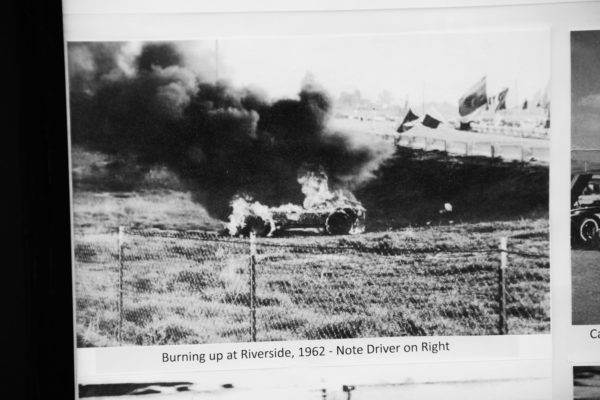
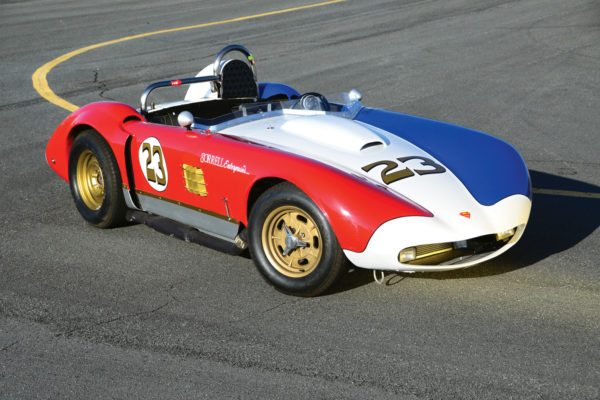
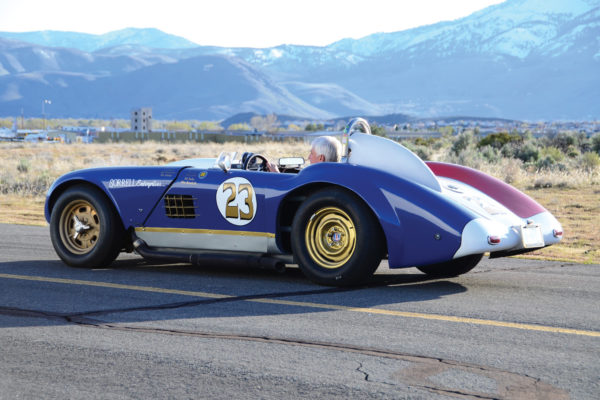
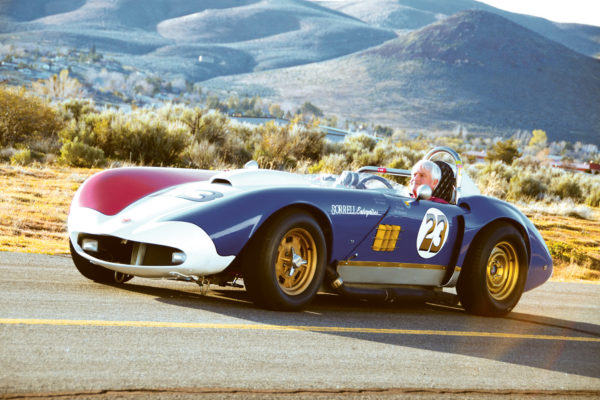
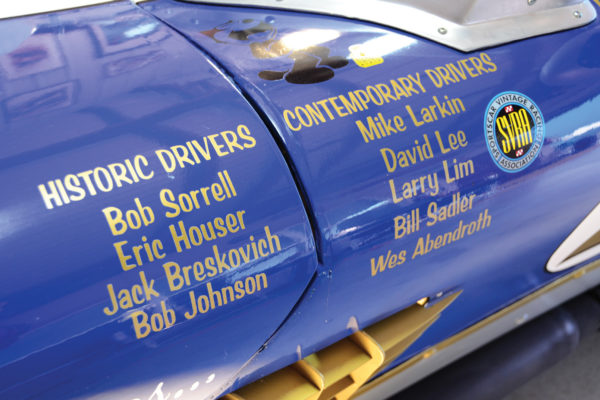
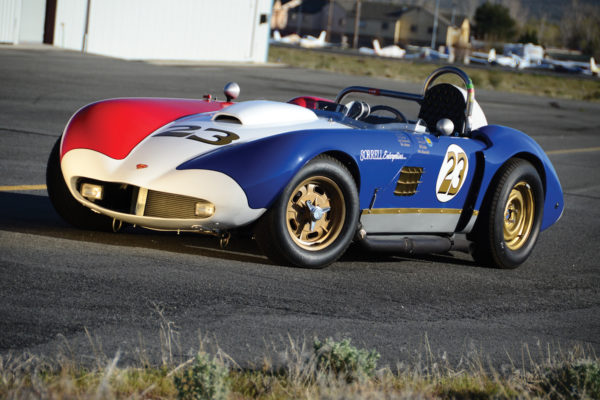
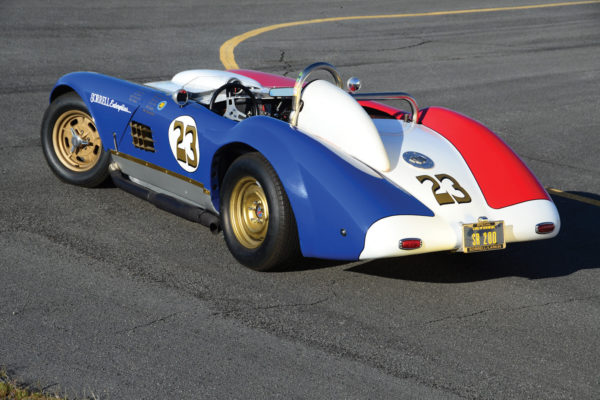
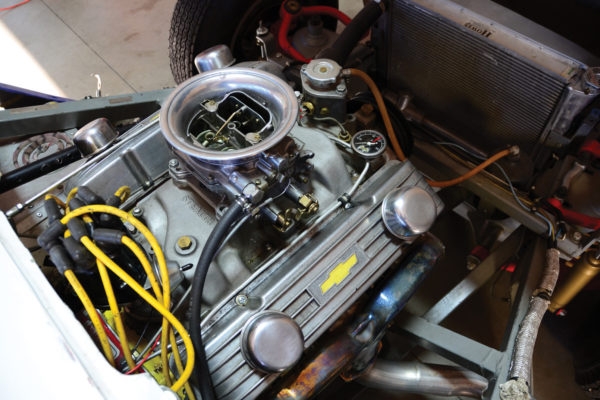
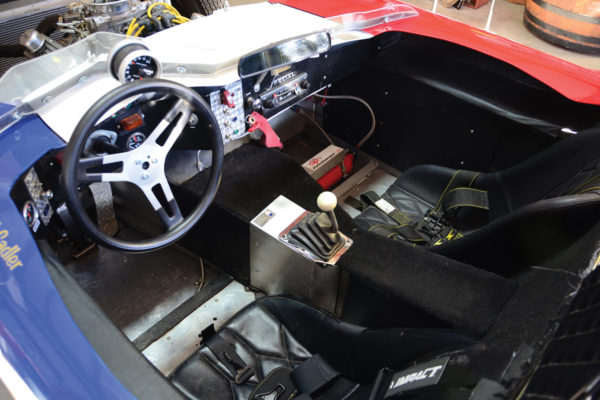
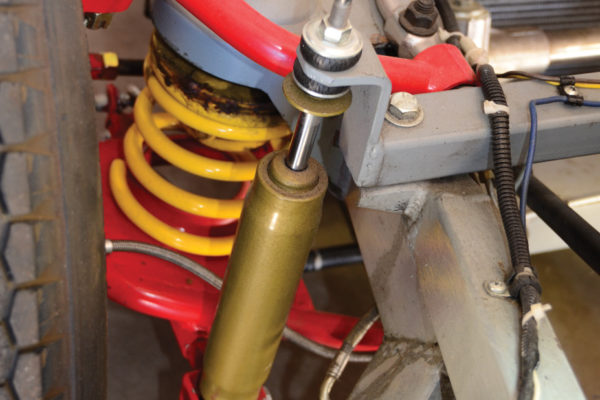
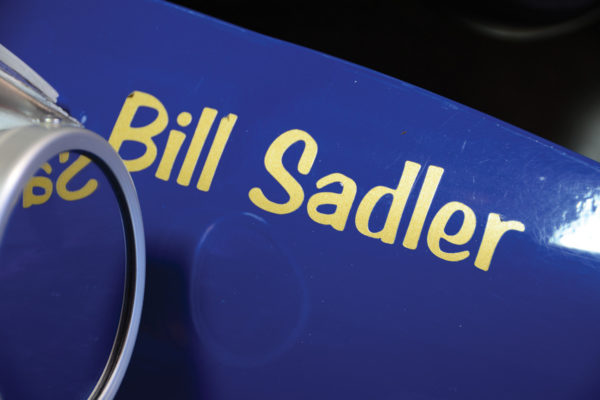
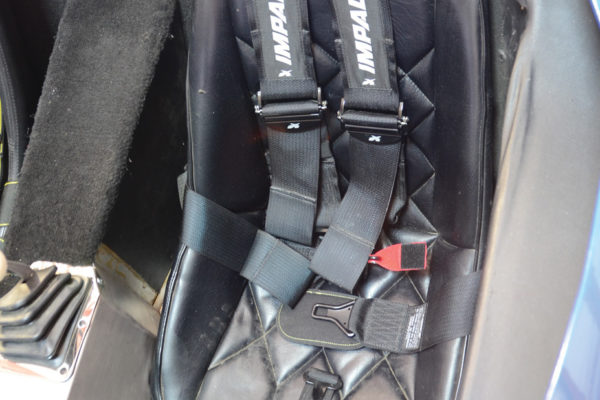
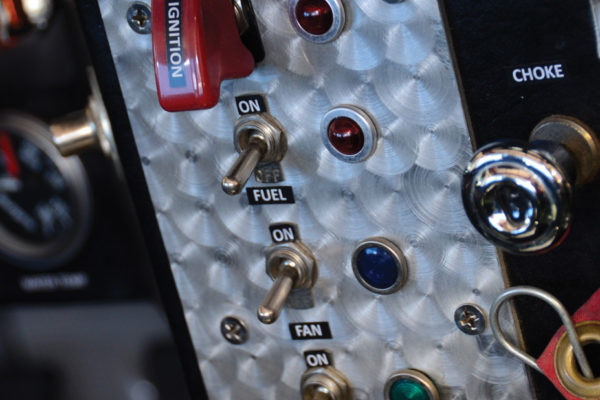
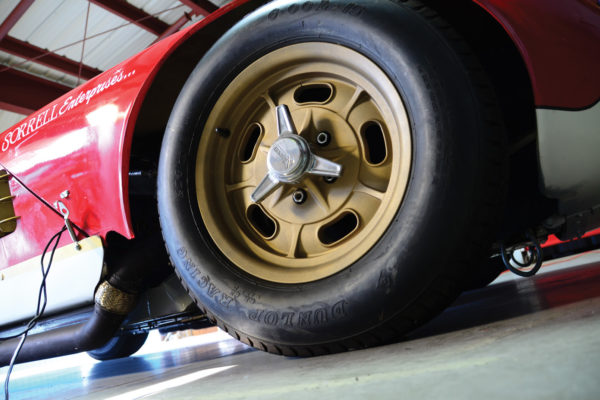
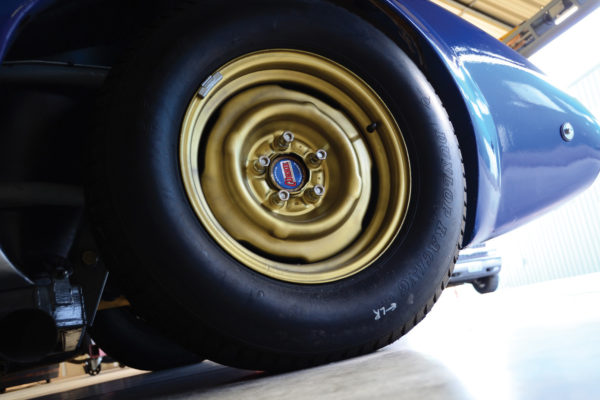
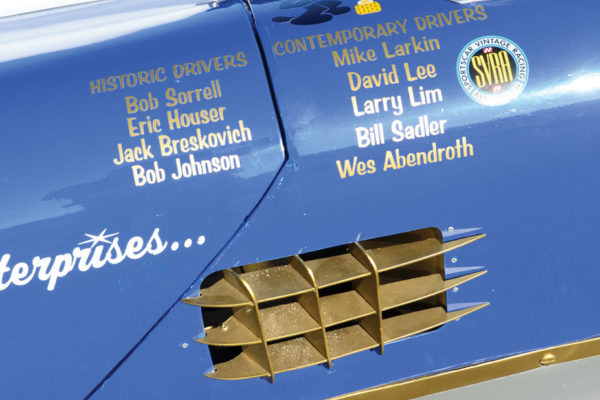
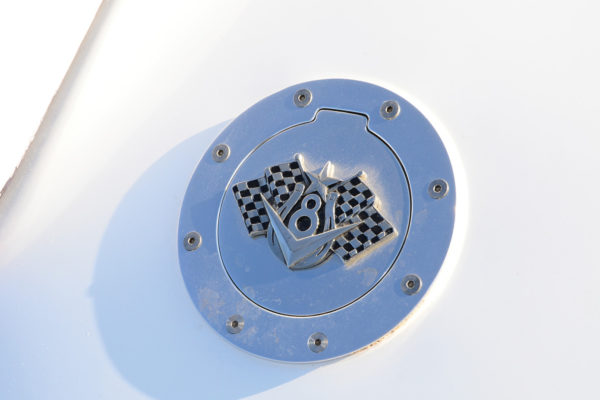
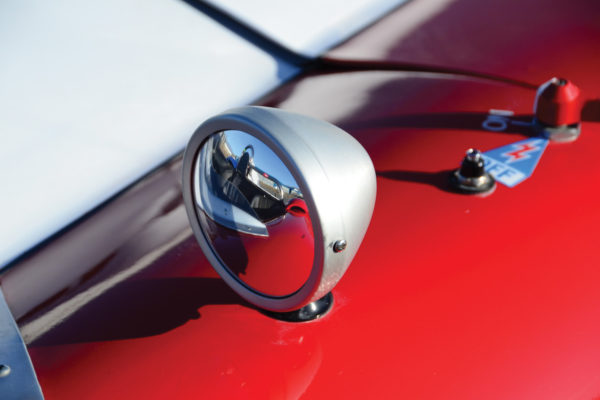
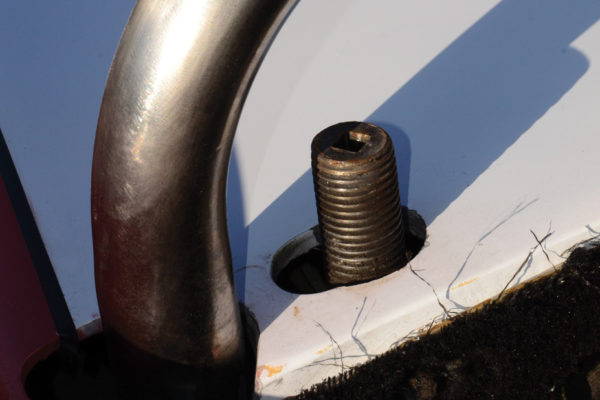
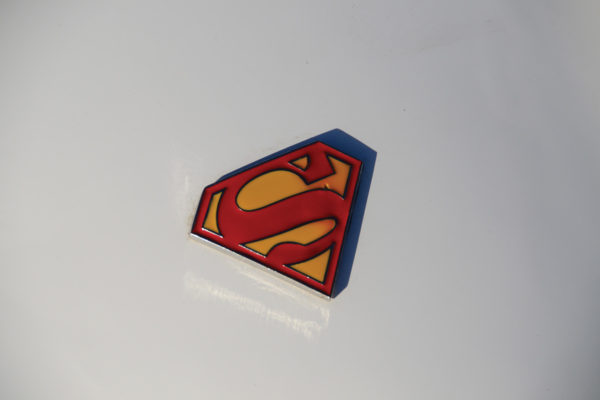
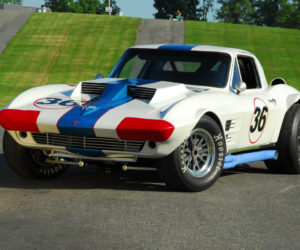
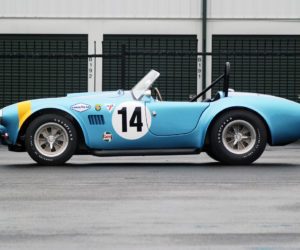
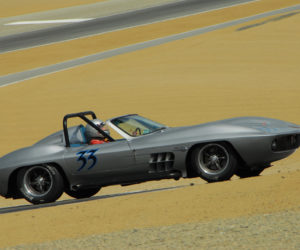
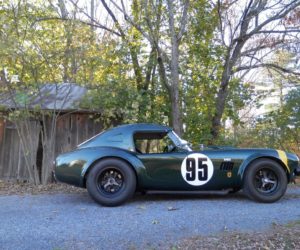
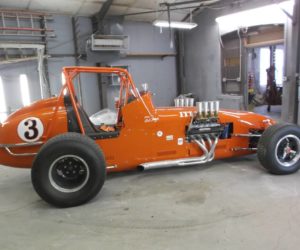
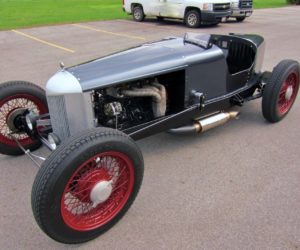




Comments for: Patriotic Fervor
comments powered by Disqus